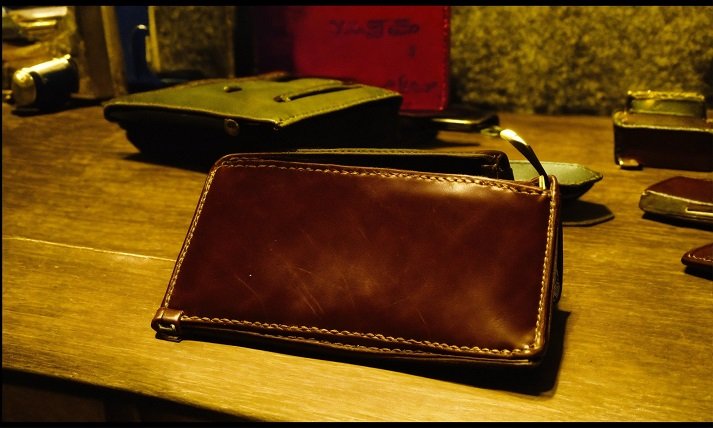Introduction
In the fast-paced world of travel, when every minute counts and every item must be tracked, there is a simple yet essential accessory: the luggage tag. These small yet formidable tags are sometimes missed, but they serve as silent guardians of our goods, ensuring they arrive securely and quickly. In this comprehensive tutorial, we’ll go over everything you need to know about baggage tags, from their importance and many sorts to how to choose the best one and innovative methods to personalize them. So buckle your seatbelts and prepare for an adventure into the world of luggage tags!
Understanding the Importance of Luggage Tags
Luggage tags are the major means of identifying baggage during travel. These tags, which prominently display your name, contact information, and destination address, ensure that your luggage is swiftly reunited with you in the event of separation. In addition to reducing the danger of lost luggage, luggage tags improve security by allowing airport and airline workers to confirm ownership of valuables.
Types of Luggage Tags
Luggage tags are available in a variety of styles to accommodate individual preferences and travel needs. Traditional paper tags are inexpensive and frequently used, although plastic and rubber tags provide more durability. Electronic and digital luggage tags have modern capabilities like GPS tracking and digital displays, which offer convenience and functionality.
Factors to Consider When Choosing a Luggage Tag
Several elements should be considered while choosing a luggage tag to ensure maximum performance and reliability. Durability and substance are important concerns, luggage tag as tags constructed of strong materials are less likely to tear or be damaged during shipment. Tags should be large enough to present crucial information clearly and prominently.
Tips for Using Luggage Tags Effectively luggage tag
To make your luggage tags as effective as possible, make sure to fill out your information precisely and legibly. To firmly attach the tag to your luggage, use a robust strap or cable tie. Including a backup contact option, such as a phone number or email address, can aid communication in the event of an emergency. Finally, remove any outdated tags and stickers to prevent confusion and ensure that only current information is displayed.
Personalizing Your Luggage Tag
Personalizing your luggage tag adds uniqueness and flair to your belongings. Make your tag one-of-a-kind by experimenting with different colors, styles, luggage tag and stickers. Consider DIY choices like hand-painting or embellishments to create a genuinely unique design. Personalized tags not only make your luggage easier to recognize, but they also show your unique style and tastes.
Luggage Tag Etiquette and Best Practices luggage tag
When using luggage tags, proper etiquette requires that they be firmly and visibly attached to your luggage. Tags should be posted in a prominent location where they may be seen by airport and airline officials. Travelers should promptly replace lost or damaged tags to reduce the possibility of confusion or mishandling. Respecting privacy and security issues by avoiding displaying sensitive material in public places is also critical.
Innovations in Luggage Tag Technology luggage tag
Technological advancements have resulted in the development of unique luggage tags with greater features and performance. GPS tracking tags allow tourists to monitor the whereabouts of their luggage in real time, providing peace of mind and security while in transit. RFID-enabled tags improve baggage handling processes by automating identification and tracking. Smart luggage tags with digital displays and connection provide additional convenience and personalization choices, altering how we travel.
Legal and Regulatory Considerations luggage tag
Travelers should be aware of legal and regulatory implications while using luggage tags, especially when traveling internationally. Different nations may have distinct regulations for the information that must appear on luggage tags, such as name, contact information, and destination location.
Environmental Impact of Luggage Tag
As worries about environmental sustainability rise, luggage tag travelers are becoming more aware of the environmental impact of their luggage tags. Using tags made of sustainable materials or eco-friendly alternatives can help reduce carbon footprint and waste. Recycling and disposal solutions for outdated tags should be investigated to guarantee responsible end-of-life management.
Trends and Future Outlook for Luggage Tag luggage tag
Looking ahead, the future of luggage tags is full of possibilities as technology advances and consumer preferences change. Integration with smart luggage and travel apps is projected to increase, providing passengers with increased convenience and connectivity. Advances in tag design and technology will promote market innovation, focusing on durability, utility, and aesthetics.
Conclusion
As we conclude our voyage through the world of luggage tags, it is evident that these seemingly insignificant items play an important role in the travel experience. Luggage tags are more than simply practical tools; they are manifestations of our identity and travel ethos. They ensure the safe arrival of our belongings while also displaying our unique style and preferences. Whether you choose a traditional paper tag or embrace the latest digital advances, remember that the basic luggage tag is a constant friend on every voyage.
FAQ
Can I reuse luggage tags?
While luggage tags can be reused, it is typically recommended that you use a new tag for each trip to ensure that your information is accurate and legible.
Are electronic luggage tags worth the investment?
Electronic luggage tags provide ease and additional utility, particularly for frequent travelers or those who own important or sensitive items. However, they may have a higher initial cost and require airport infrastructure that is suitable.
How do I protect my privacy when using luggage tags?
To preserve your privacy, use luggage tags with privacy flaps or covers that obscure sensitive information while not in use. Furthermore, don’t include critical information like your home address or full name on publicly viewable areas of the tag.

